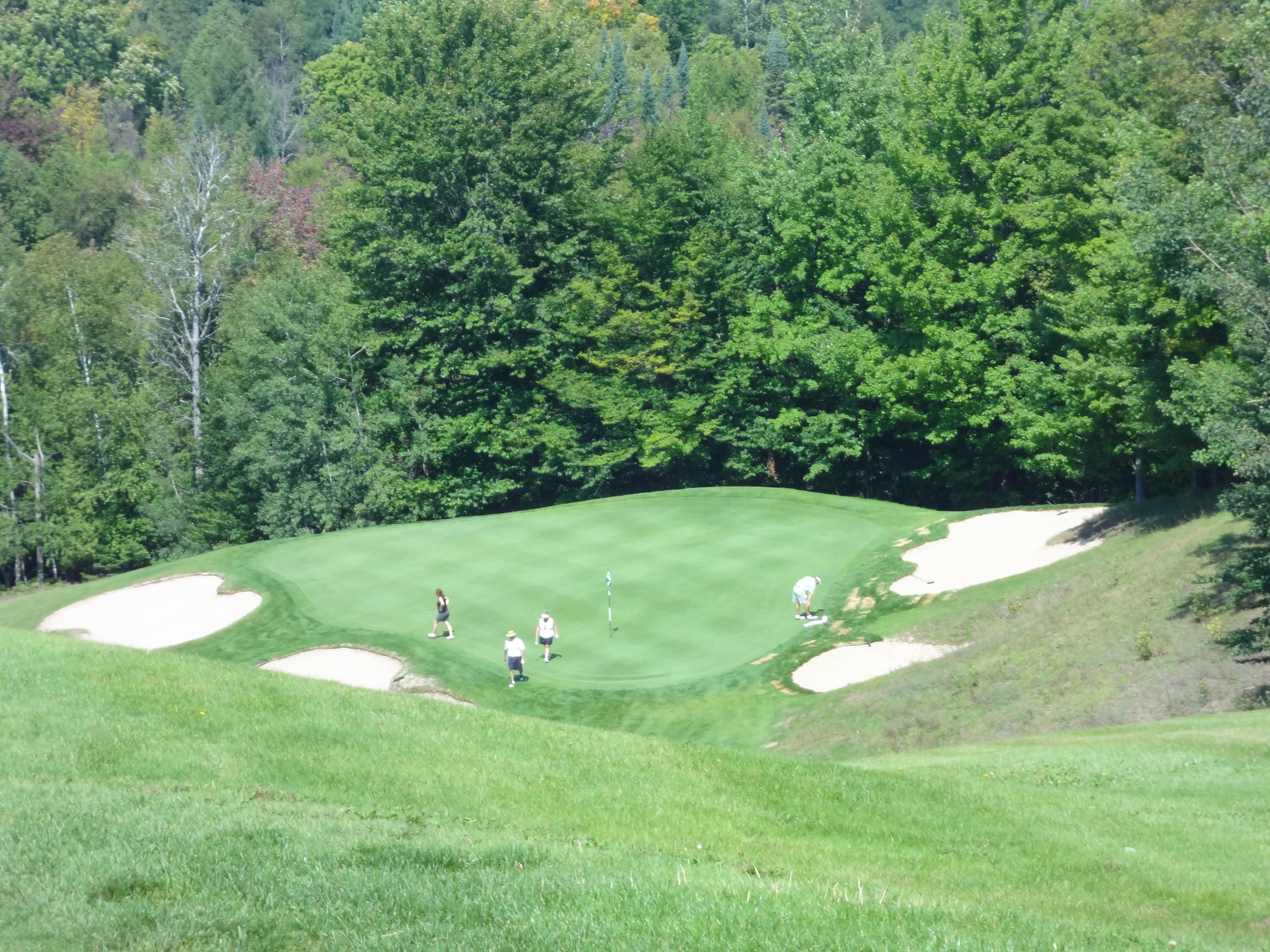FRENCH LICK, Ind. – For 11 years Jane Blalock has tried to get a senior tour going for the veterans or retirees on the Ladies PGA Tour. Now she’s apparently done it.
Blalock, the LPGA’s rookie-of-the-year in 1970 and a 27-time winner on the circuit, has made the LPGA Legends Tour her special project. She’s the chief executive officer of the circuit, which only consisted of a few events – some of them just one-day affairs – until recently. Those events raised over $8 million for charity, but pale in comparison to what’s coming in 2013.
Working with Dave Harner, director of golf operations at French Lick Resort, Blalock finally got the event that will help the Legends Tour go big-time. Harner and Blalock just announced that a 54-hole tournament will top off a week-long program at the southern Indiana facility that has the Pete Dye Course, the Donald Ross Course and the Valley Links nine-holer – dedicated to early course designer Tom Bendelow –on the property.
A fourth 18-holer, Sultan’s Run, supplements the resort’s golf options in Jasper, a 20-minute drive from French Lick.
The Dye Course, the well-received most recent creation of the prolific long-time Indiana resident architect, will be the site for the Legends biggest-ever event from Sept. 22-29, 2013. The 54-hole competition will follow the Alice Dye Women’s Invitational, an amateur event honoring Dye’s wife and sometimes co-course designer. Organizers promised there would be television coverage, though the particulars weren’t ready to be announced.
In between the amateur and Legends competitions will be a clinic, given by the former and current LPGA stars, and a pro-am. A Legends Hall of Fame will also be established at the resort.
“This is the largest event we’ve ever had, in every respect,’’ said Blalock. “This year we had eight events, and next year we’ll have at least 10. We’re expanding, and we’re going to have an event here every year as a celebration of women in golf.’’
Joining Blalock in making the announcement in the clubhouse at the Dye Course were LPGA Hall of Famer Pat Bradley and long-time competitors Rosie Jones and Val Skinner. All spoke at the announcement festivities and participated in a golf outing afterwards.
Though many of the details weren’t announced, the event was triggered by a $300,000 donation to the American Heart Assn., which will be the tourney’s charitable beneficiary. In addition to the four women at the announcement, stars like Nancy Lopez, Patty Sheehan, Juli Inkster, Lori Kane, Liselotte Neumann, Nancy Scranton and Beth Daniel are expected to be involved. Blalock said between 30-60 players will compete.
“We’re expanding, and we’ll try to have all those great women – Kathy Whitworth, Mickey Wright, Louise Suggs — come to the event with us,’’ said Blalock.
She said the Legends Tour is for women “45 years young.’’ It’s 50 for the men’s ChampionsTour.
“This is the only time you’ll find our players admit their ages – even Jan Stephenson,’’ said Blalock. “And our super senior, Joanne Carner, can still beat all of us.’’
Indeed this is a big development for all of golf. The men’s Champions Tour was an immediate success once Arnold Palmer became involved in the 1980s. Now the women hope to follow suit, and the French Lick event could provide the impetus.
“French Lick has a proud history in women’s golf,’’ said Harner. “We had an open tournament here in 1957, which was won by Louise Suggs. The LPGA Championship was held here in 1959, with Betsy Rawls beating Patty Berg by one shot, and in 1960 the great Mickey Wright won her second LPGA Championship here.’’
Harner has been with French Lick through the hard times. He’s been with the resort for 34 years, and its comeback in the last six years has been astonishing. The town’s two big hotels, French Lick and West Baden, were hot spots in their early years and then required complete renovations after a casino was brought in.
The previous LPGA tourneys were all played at the Donald Ross Course, which was renovated. Dye built his course from scratch, and it has already hosted the Professional Players National Championship. Both courses were used last year when the Big Ten men’s and women’s championships were staged at French Lick. Those events will return in 2013 and 2014. The Legends event promises to be French Lick’s biggest yet.
“This is a fantastic, beautiful place,’’ said Skinner. “It’s nice to have a place where we can chase our dreams – even if those dreams have changed a bit.’’
“Our tour is lucky and honored to play at this amazing place,’’ said Jones. “We’re super excited.’’
“I’m ready!’’ said Bradley. “We have to wait a year? I’m ready now.’’

